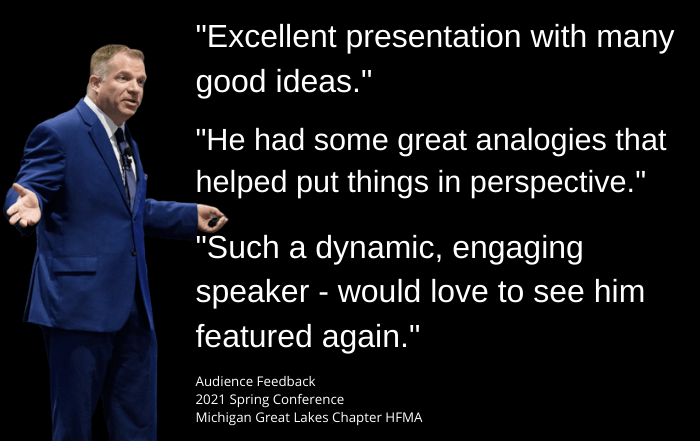 With retention and hiring challenges, some leaders may want to take a different approach to feedback. While it’s important to make sure things are done the right way, you want to make sure your directions are not turning off employees.
With retention and hiring challenges, some leaders may want to take a different approach to feedback. While it’s important to make sure things are done the right way, you want to make sure your directions are not turning off employees.
It can be uncomfortable to redirect an employee who otherwise thinks they are doing a good job. But this is an important and necessary process because without feedback, professional growth may be stunted. This applies to you as a leader, as well as your team members.
When done correctly, giving negative feedback can be a productive and rewarding process. Here are some things to remember the next time you try to help someone improve their performance:
Giving Feedback: Is the Criticism Fair?
Are you focused on the outcome of work or the person who did the work? There is a difference between saying, “You did not achieve your performance goal,” and, “You’re an incompetent who can’t get the job done.”
One can start a discussion, the other is more appropriate when ending a relationship with an employee. How you choose your words is very important.
Giving Feedback: How would you react?
It can be dangerous to assume everyone will react the same way as you. People may interpret the same situations differently. Your goal is let the other person understand what went wrong and figure out how to prevent future problems.
It’s very likely they already know the outcome fell below expectations and are feeling disappointed. Your goal should be to refocus them on success.
Think of it like sharpening a dull knife. You don’t throw out the knife because it made some poor cuts. You take better care of the knife so it does its job better.
Don’t Go “Bad Cop”
Your different approach to feedback should not see you interrogate employees, like a tough TV police detective. An overly aggressive approach may make some people so flustered that they will tune you out.
This could escalate your discussion into an argument. That doesn’t serve your big picture needs, unless you plan on firing them. If you don’t, then you want to empower the employee.
Try to start a discussion through the use of questions. Ask them how they could reach their sales goal by saying something like, “What do you think would be a good way to make sure that you reach your next sales goal?”
Along those lines you may want to also ask, “How can I support you better so that you’ll achieve your goal?” You want this to be an exchange of ideas that ultimately gets the results that both parties want. Think of your words as tools. Think coach and not critic.
Giving Feedback: Define the Next Step
After you’ve had a good discussion, make sure that you’ve outlined a next step that builds upon the discussion you’ve just had. This helps ensure that your employee won’t fall back on old behaviors that didn’t work and instead focus on making a positive change.
This important step will open the door to growth. Think of it like a coach demonstrating a proper technique to an athlete.
If the lesson wasn’t totally grasped, the coach wouldn’t say, “You’re doing it wrong,” for the second time. The athlete would receive additional information to help improve the performance.
Like a coach, you want to create a supportive environment where feedback is not just applied but appreciated. It’s a different approach to feedback that can serve you well.






